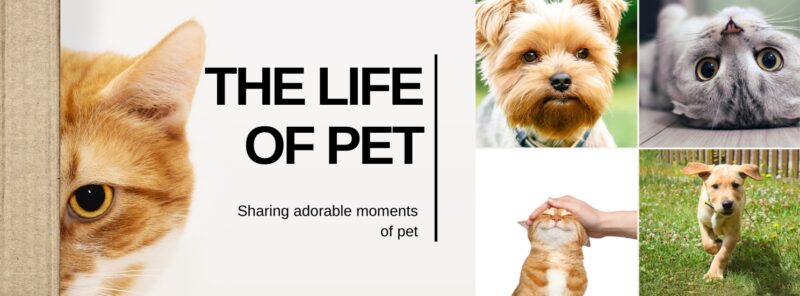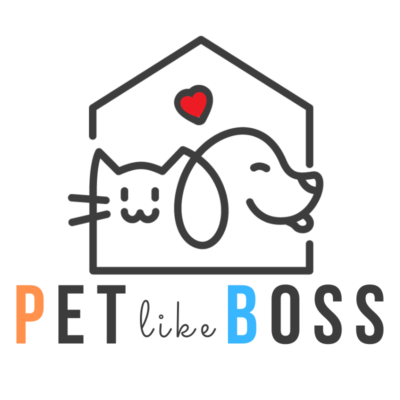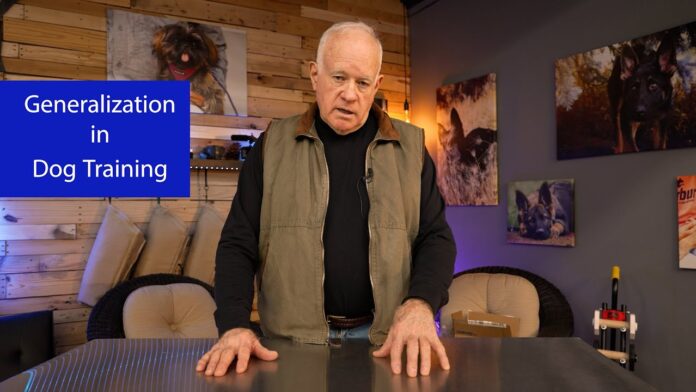Understanding the Power of Generalization Dog Training
Does your pup perfectly sit at home but acts clueless at the park? You’re not alone! Generalization dog training is the key to helping your four-legged friend understand commands in any situation. As a passionate pet trainer and blogger at Pet like boss, I’ve seen countless dogs struggle with this crucial aspect of training.
What is Generalization Dog Training?
Behavioral generalization in dogs means they can perform learned behaviors in different environments with different people and under varying circumstances. Think of it like this your doggo needs to understand that “sit” means the same thing whether they’re in your kitchen, at the vet’s office, or chillin’ at the beach.
Why Your Dog Struggles with Generalization
Many pet parents (check out more dog training tips in our dog section) get frustrated when their seemingly well-trained pup suddenly “forgets” their training, Here’s why this happens
- Dogs don’t automatically transfer learning
- Each new situation feels brand new to them
- Environmental distractions affect their focus
- Different contexts can be overwhelming
The Step-by-Step Guide to Generalization Dog Training
1. Start in Low-Distraction Areas
- Begin training in quiet, familiar spaces
- Gradually increase environmental challenges
- Keep training sessions short and fun
2. Change One Variable at a Time
- Location changes (different rooms)
- Surface changes (carpet vs. grass)
- Distance variations
- Different people giving commands
3. Practice in Various Environments
The key to successful generalization dog training is practicing in multiple locations
- Inside your home
- In your backyard
- At friend’s houses
- In pet stores
- At parks
- Near busy streets
4. Use Progressive Distance Training
- Start close to your dog
- Gradually increase distance
- Add distractions slowly
- Maintain consistency in rewards
Common Mistakes to Avoid
- Moving too fast between difficulty levels
- Skipping intermediate steps
- Inconsistent reward systems
- Getting frustrated with your pup
Advanced Generalization Dog Training Techniques
The Three D’s Method
- Duration: How long your dog holds a behavior
- Distance: How far away you are
- Distraction: Environmental challenges
Proofing Behaviors
Implementing generalization dog training effectively requires proper proofing:
- Test commands in new environments
- Practice with different people
- Add controlled distractions
- Vary your tone and body language
Tips for Success
- Always carry treats
- Stay patient and consistent
- Keep training sessions fun
- Celebrate small wins
- Use high-value rewards for challenging situations
Real-World Applications
Here’s how to apply generalization dog training in everyday situations:
At Home
- Practice during daily routines
- Use different rooms
- Vary time of day
In Public
- Start in quiet areas
- Gradually increase difficulty
- Always set your dog up for success
Troubleshooting Common Challenges
When Your Dog Gets Distracted
- Return to easier environments
- Break down the training steps
- Increase reward value
- Use shorter training sessions
When Progress Seems Slow
- Remember every dog learns differently
- Document small improvements
- Stay consistent with training
- Adjust your expectations
Building Long-term Success
To maintain progress in your dog’s training:
- Regular practice sessions
- Consistent command usage
- Ongoing environmental challenges
- Positive reinforcement
Advanced Training Considerations
For those ready to take their generalization dog training to the next level:
Multi-Environmental Training
- Urban settings
- Rural areas
- Indoor spaces
- Outdoor locations
Social Situation Training
- Around other dogs
- With unfamiliar people
- During exciting events
- In calm environments
Final Thoughts
Remember, generalization ain’t gonna happen overnight! Your furry friend needs patience, consistency, and lots of practice to master these skills. Keep training sessions fun, use plenty of treats, and celebrate every tiny victory along the way.
Quick Summary Tips
- Start simple and build gradually
- Practice in multiple locations
- Use consistent commands
- Keep sessions short and fun
- Always carry treats
- Stay patient and positive
Now that you’ve got the lowdown on generalization dog training, it’s time to get out there and start practicing! Remember, every dog learns at their own pace, so don’t get discouraged if progress seems slow. Keep at it, and you’ll soon have a well-behaved pup who listens anywhere and everywhere!
Happy training!












